 Abraham Lincoln
If given the truth, the people can be depended upon to meet any national crisis...
Abraham Lincoln
If given the truth, the people can be depended upon to meet any national crisis...
 Guildford news...
for Guildford people, brought to you by Guildford reporters - Guildford's own news service
Guildford news...
for Guildford people, brought to you by Guildford reporters - Guildford's own news service
Birdwatcher’s Diary No.207
Published on: 10 May, 2020
Updated on: 10 May, 2020
By Malcolm Fincham
As the April sun continued to shine I continued to make the most of my daily exercise allowance as the Covid-19 lockdown continued.
The second half of the month turned out to be even more inspiring than the first. This, in spite of not being able to travel any distance other than local. Even managing to add a few more species to my sightings this year.
Although having our first rainfall in four weeks on April 17, high pressure soon prevailed and sunshine made its return.
Swallows were now returning from Africa in good number and a dozen or so could be seen feeding over Stoke Lake.
Blackcaps were the most vocal of the birds around the Riverside Nature Reserve. The males making all the song.
While the quieter female were occasionally seen making their ticking sounds, in response.
Male reed buntings could seen in their full summer plumage, occasionally perched out in the open, calling in hope of attracting a mate.
While the females, without black heads, flitted in sallows by the lakeside.
On April 18 a little egret passed over the reserve, heading in a southerly direction.
While, by the second half of the month, the first reed warblers had arrived back from Africa, and a few could be heard singing at the lakeside.
The common whitethroats that had arrived during the first half of the month were now very vocal and far easier to pick out at both reserves.
They had even begun to out-compete the blackcaps in song in areas I visited.
With some patience I managed a sequence of shots as one sang, fly-catching above a clump of brambles.
Sedge warblers had also become more brazen, showing well and incessantly singing.
As last year, it was the reserve where I was able to connect with my first garden warbler of the year.
Also, as last year, I was able to tune in to the song of a lesser whitethroat.
While it was accompanied on backing vocals by several greenfinches, wheezing from some nearby bushes.
On April 23, while visiting the Riverside Nature Reserve, I noted a group of gulls glistening pure white in the glorious blue morning sky.
“Mediterranean gulls, surely?”, I muttered to myself, now reluctantly admitting I was beginning to miss the company of my companions, Bob and Dougal.
My thoughts were confirmed when a similar report was received that a group of 30 or so had been seen drifting my way from Papercourt water meadows, near Send.
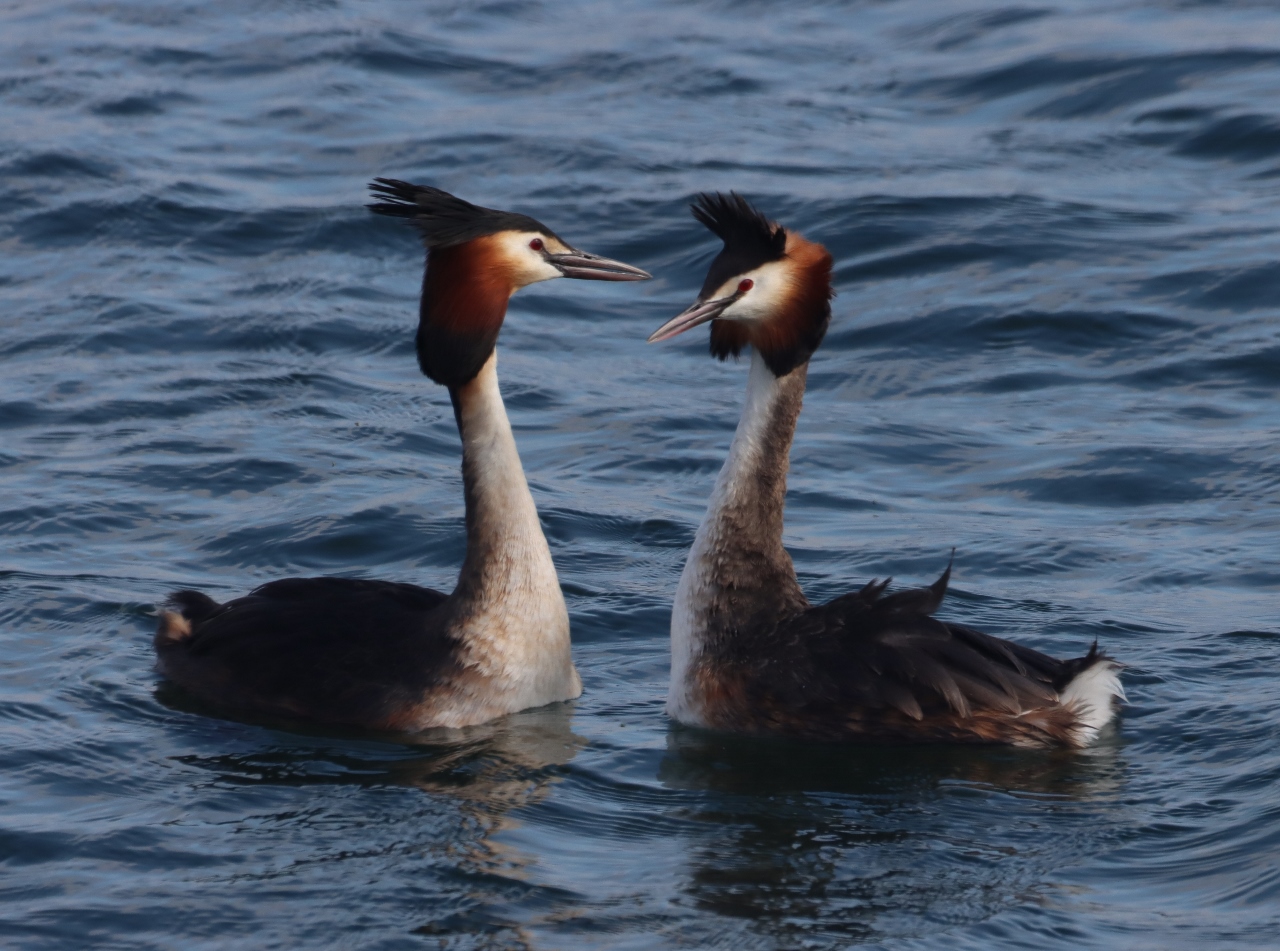 On Stoke Lake a pair of great-crested grebes could be seen, doing their ritual mating dance.
On Stoke Lake a pair of great-crested grebes could be seen, doing their ritual mating dance.
Tufted ducks had dwindled in number, just a couple of pair remained by the last days of April. Most had now flown to more northerly breeding grounds.
Among the selection of butterflies that could be seen on the wing, locally including brimstones as well as comma butterflies.
A few speckled wood butterflies had now started to emerge.
Small copper butterflies could also be found.
Holly blue butterflies had become more abundant, even catching a photo of one with its wings open, absorbing the warmth of the sun’s rays.
Surprisingly, the Egyptian geese I showed near Stoke Lock in my previous report still had their brood of five goslings. They had grown substantially in such a short space of time, too!
A kestrel, presently raising young, could be seen from time to time hunting around the reserve.
On Whitmoor Common I was fortunate to see my second wheatear of the year on its journey north.
These later arrivals are thought to be the Greenland breeding ones, slightly more robust and hardier looking than our northern, UK breeding ones.
A surprise sighting on Whitmoor was a skylark – the first I had seen there in over 45 years!
My most impressive encounter to date with a red kite was on April 23. A bird I wouldn’t in my wildest dreams have imagined seeing locally only a few years ago.
And certainly not at such an incredibly close encounter as I had on this particular occasion. It had landed out of sight in some thick heather, not far away beside the path I was walking.
On regaining flight, and to my surprise, it appeared to be heading straight towards me.
Gliding in flight, not much more than head height, it then rose up to about 20 feet, without a single wingbeat.
Circling me as if in recognition, I attempted a series of snapshots having to “zoom-out” to fit it into the camera’s view finder.
Common buzzards continued to be photogenic locally throughout the month, although remaining a little shyer of my attention to them.
Dartford warblers continued showing well on occasions, and like the common whitethroats, could sometimes be observed 20 or so feet into the air, then submerging back into the thickets of gorse.
Many of the male linnets now seen were wearing their summer plumage of bright pinky-red bibs.
And the females could be seen collecting nesting material.
A few meadow pipits could be seen on Whitmoor, best viewed perched up on the electric cables that run across the common.
Despite a few wet days towards the end of the month, April turned out to be the sunniest on record in southern parts of the UK.
I was also able to add a few pictures of a common tern, to add to this year’s sightings.
Although none had been using the tern raft on Stoke Lake, where a pair of mallard ducks had taken up temporary residence.
As well as a few in-flight photos of a common sandpiper to add to this year’s sightings, before the month was out.
While jays seemed to continue to attract my attention, both on Whitmoor and at the Riverside Nature Reserve.
However, I had to wait until April 29 to see locally breeding pairs of swifts flying over my garden.
Responses to Birdwatcher’s Diary No.207
Leave a Comment Cancel replyPlease see our comments policy. All comments are moderated and may take time to appear.

"Found any?" - "Nope, it all looks green to me!" (See Opinion: The Future is Congested, the Future is Grey)
www.abbotshospital.org/news/">





Recent Articles
- Latest Evidence in Sara Sharif Trial
- Ash’s New Road Bridge Is Named – and November 23rd Is Opening Day
- Class A in Underwear Leads to Jail Sentence
- Historical Almshouse Charity Celebrates Guildford in Bloom Victory
- Notice: Shalford Renewable Showcase – November 16
- Firework Fiesta: Guildford Lions Club Announces Extra Attractions
- Come and Meet the Flower Fairies at Watts Gallery
- Updated: Royal Mail Public Counter in Woodbridge Meadows to Close, Says Staff Member
- Letter: New Developments Should Benefit Local People
- Open Letter to Jeremy Hunt, MP: Ash’s Healthcare Concerns


Recent Comments
- Paul Spooner on Ash’s New Road Bridge Is Named – and November 23rd Is Opening Day
- Harry Eve on Opinion: The Future is Congested, the Future is Grey
- Nigel Keane on Letter: New Developments Should Benefit Local People
- Nathan Cassidy on Updated: Royal Mail Public Counter in Woodbridge Meadows to Close, Says Staff Member
- T Saunders on Opinion: The Future is Congested, the Future is Grey
- Jim Allen on Updated: Royal Mail Public Counter in Woodbridge Meadows to Close, Says Staff Member
Search in Site
Media Gallery
Dragon Interview: Local Artist Leaves Her Mark At One of England’s Most Historic Buildings
January 21, 2023 / No Comment / Read MoreDragon Interview: Lib Dem Planning Chair: ‘Current Policy Doesn’t Work for Local People’
January 19, 2023 / No Comment / Read MoreA3 Tunnel in Guildford ‘Necessary’ for New Homes, Says Guildford’s MP
January 10, 2023 / No Comment / Read More‘Madness’ for London Road Scheme to Go Ahead Against ‘Huge Opposition’, Says SCC Leader
January 6, 2023 / No Comment / Read MoreCouncillor’s Son Starts Campaign for More Consultation on North Street Plan
December 30, 2022 / No Comment / Read MoreCounty Council Climbs Down Over London Road Works – Further ‘Engagement’ Period Announced
December 14, 2022 / No Comment / Read MoreDragon Interview: GBC Reaction to the Government’s Expected Decision to Relax Housing Targets
December 7, 2022 / No Comment / Read MoreHow Can Our Town Centre Businesses Recover? Watch the Shop Front Debate
May 18, 2020 / No Comment / Read More






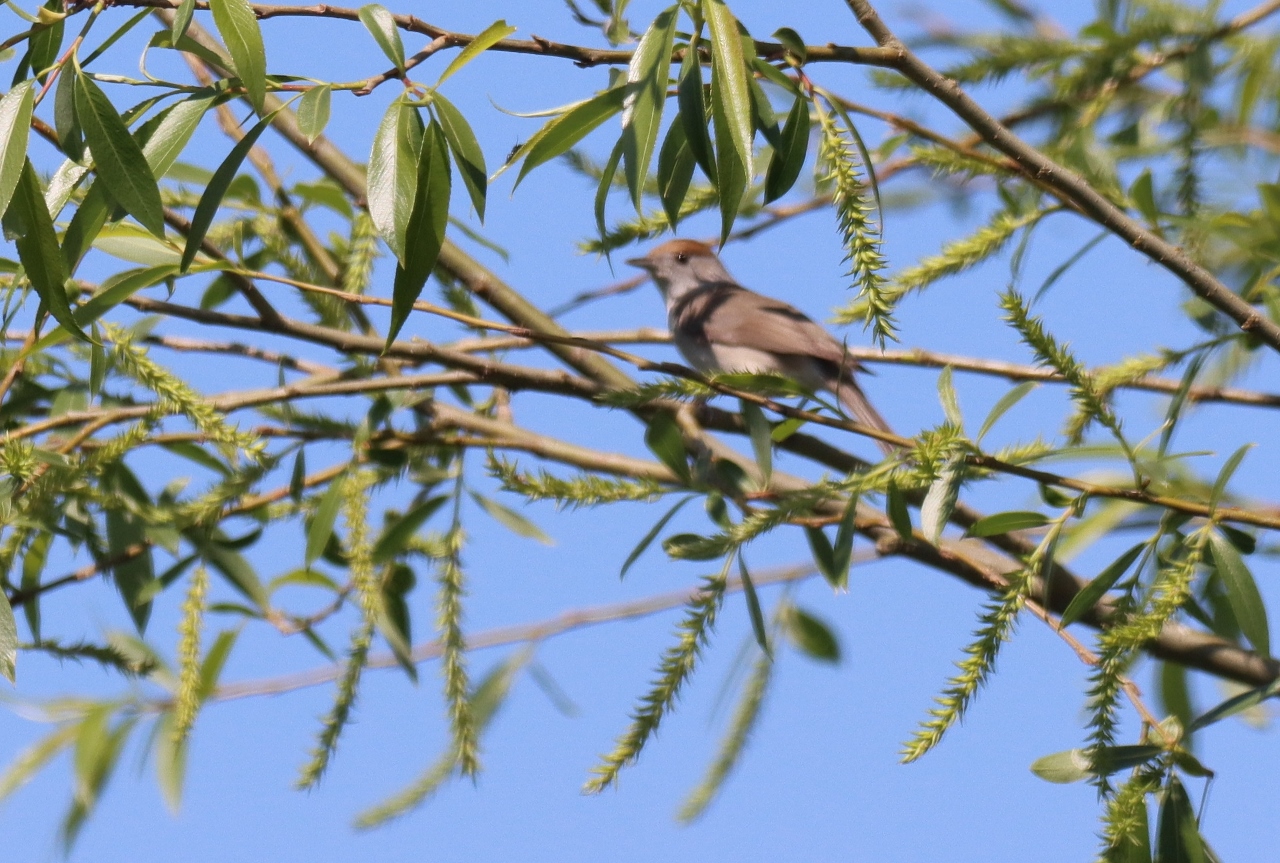
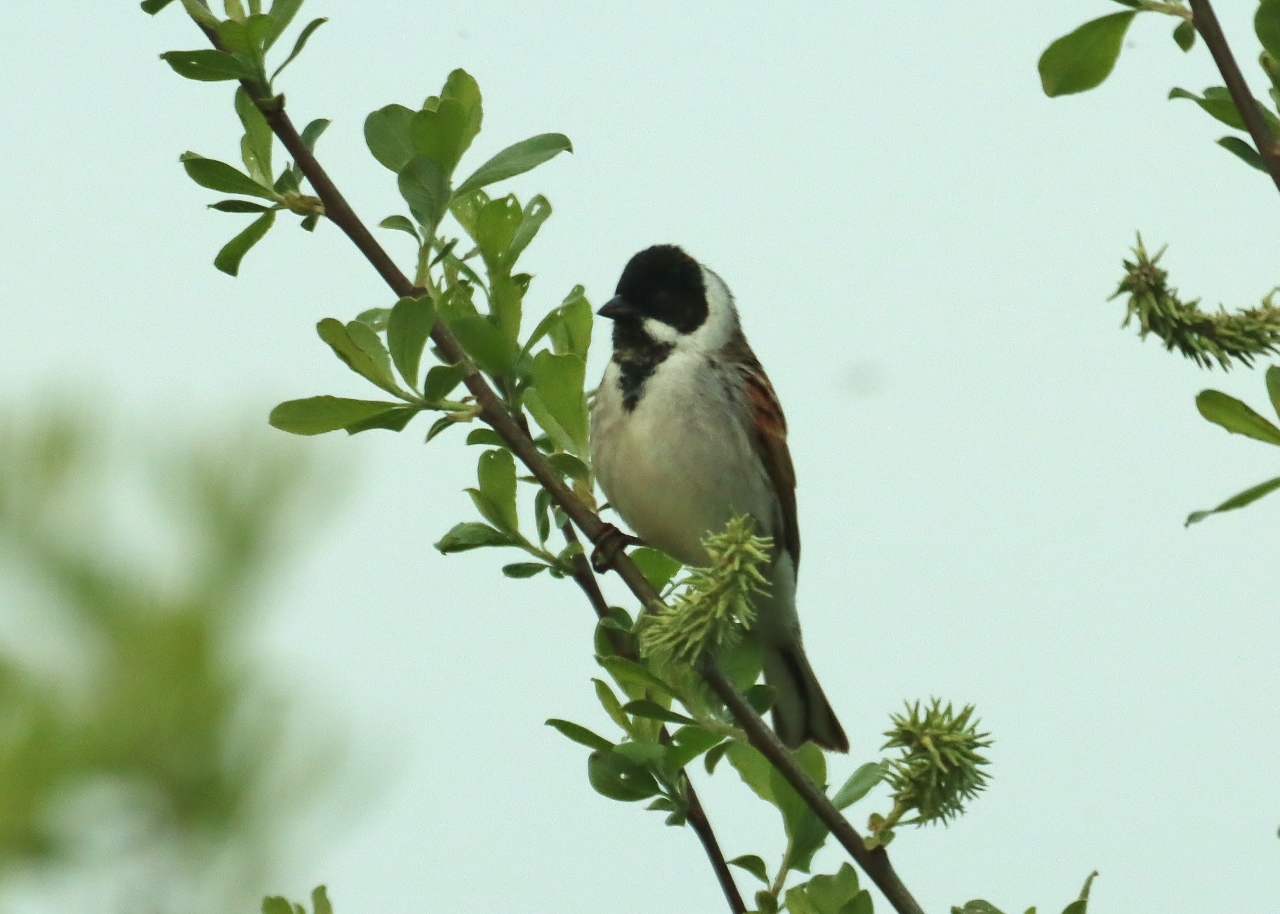

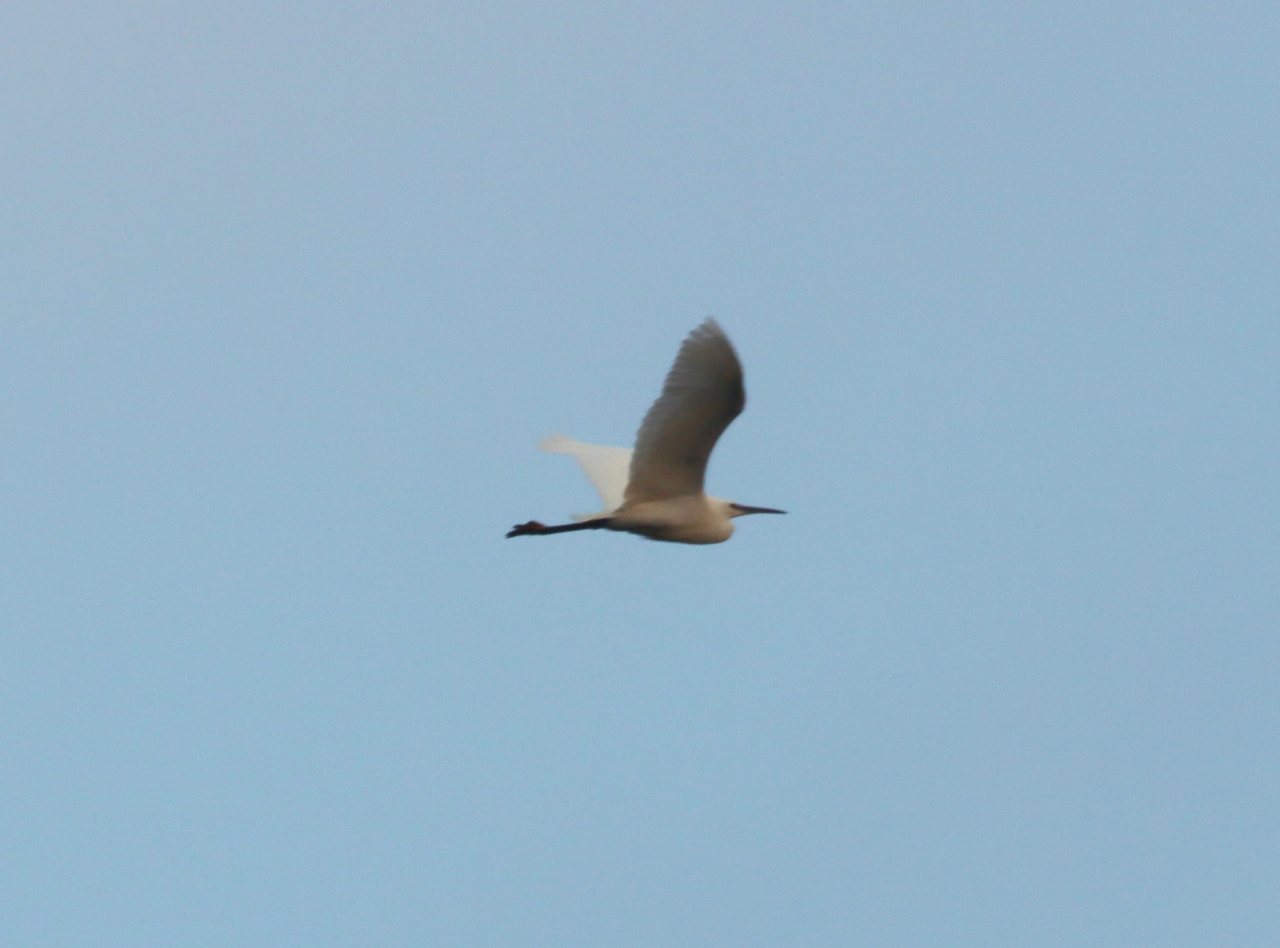


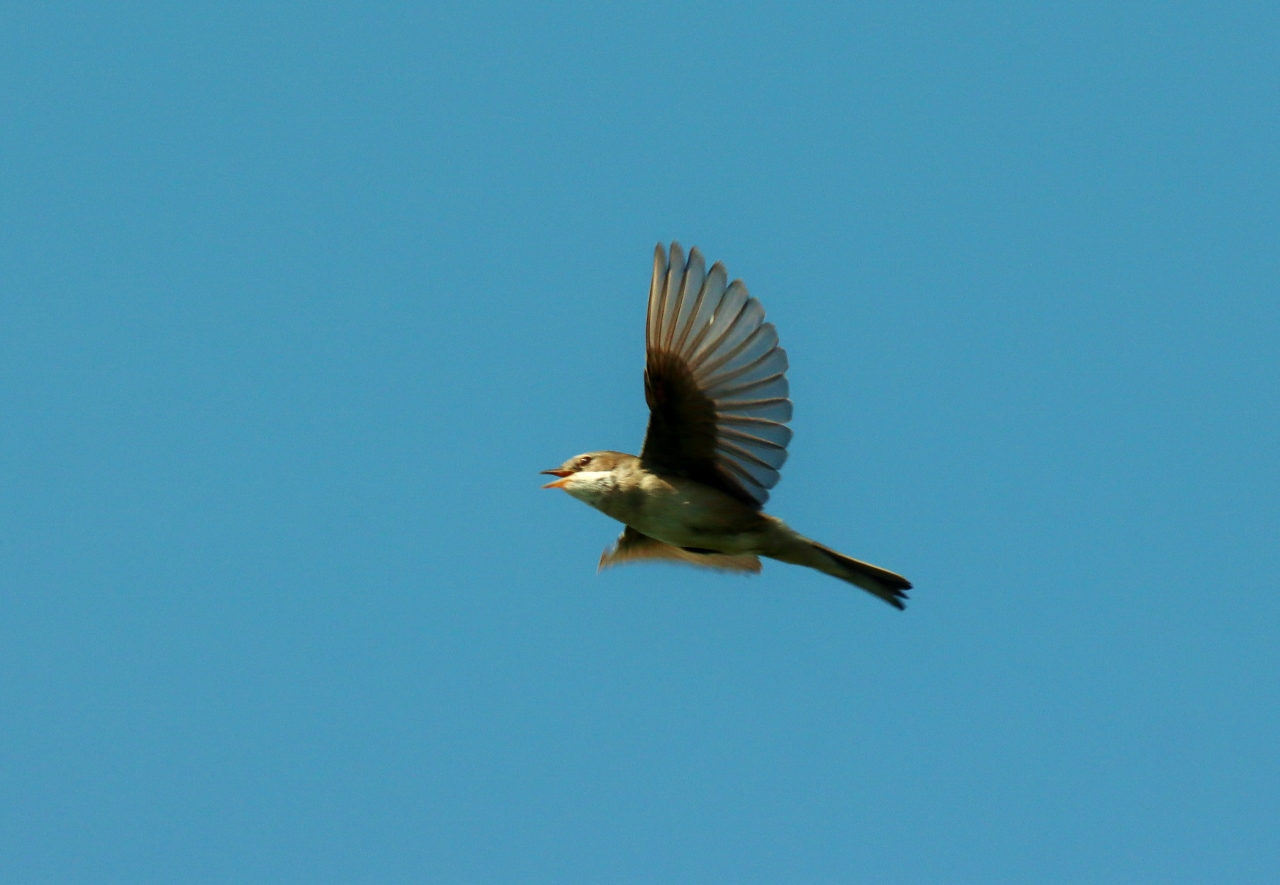
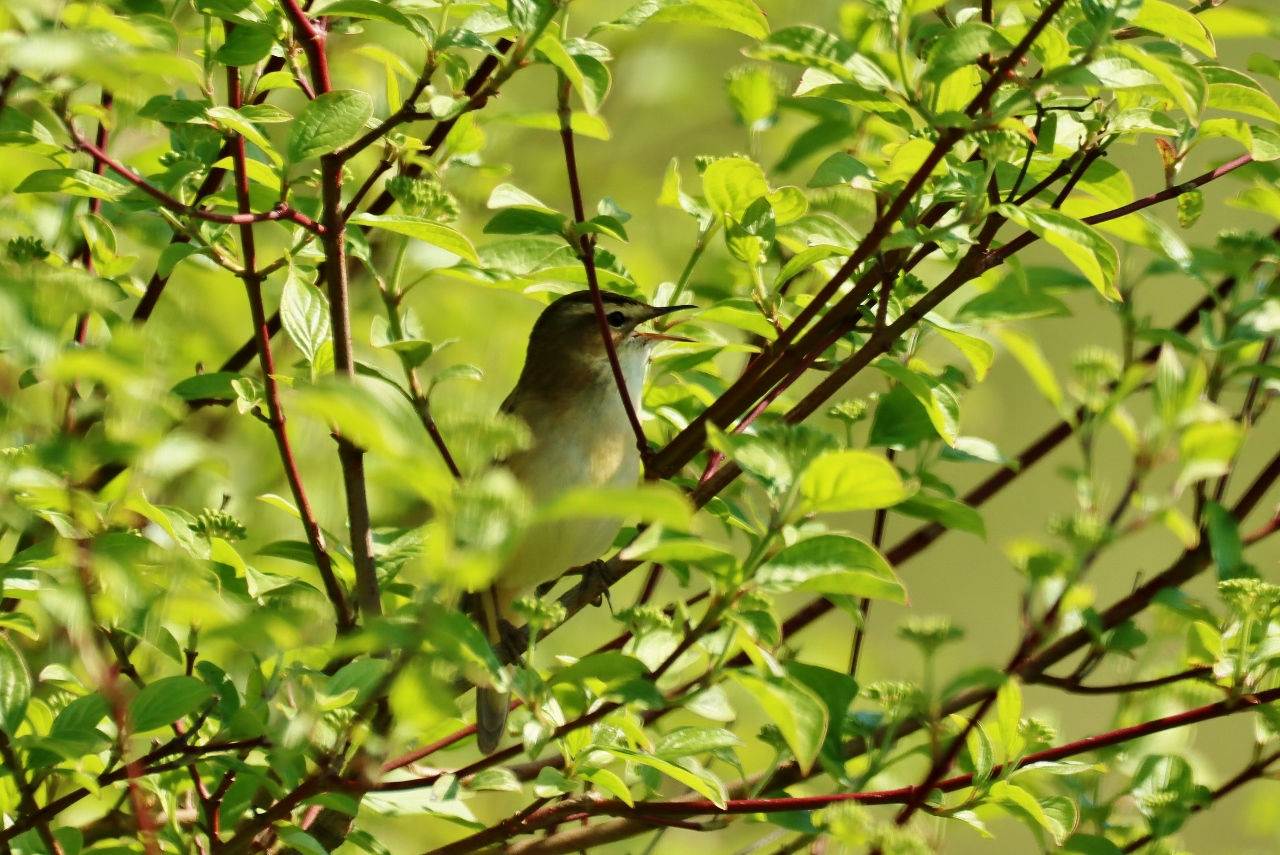
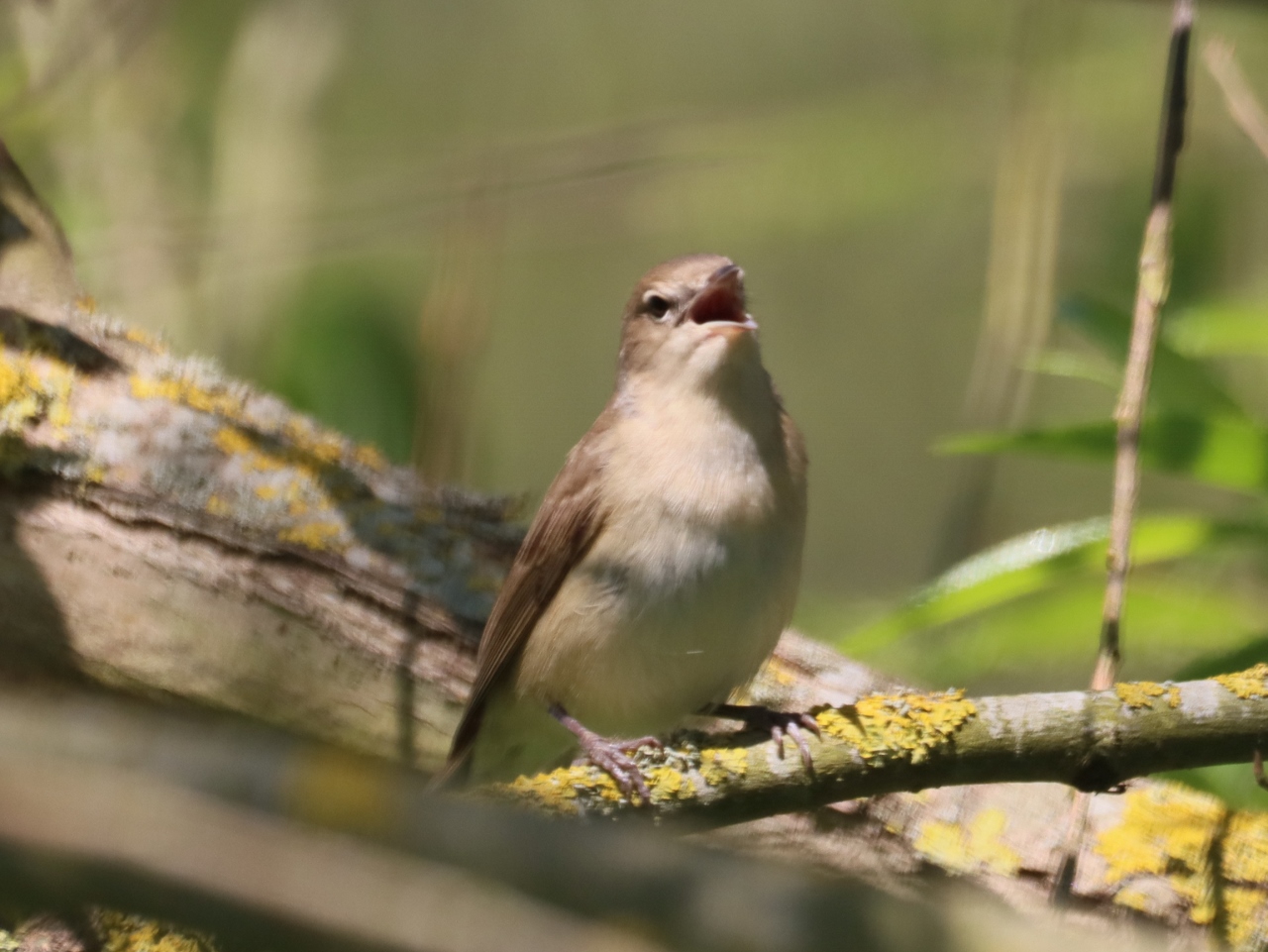
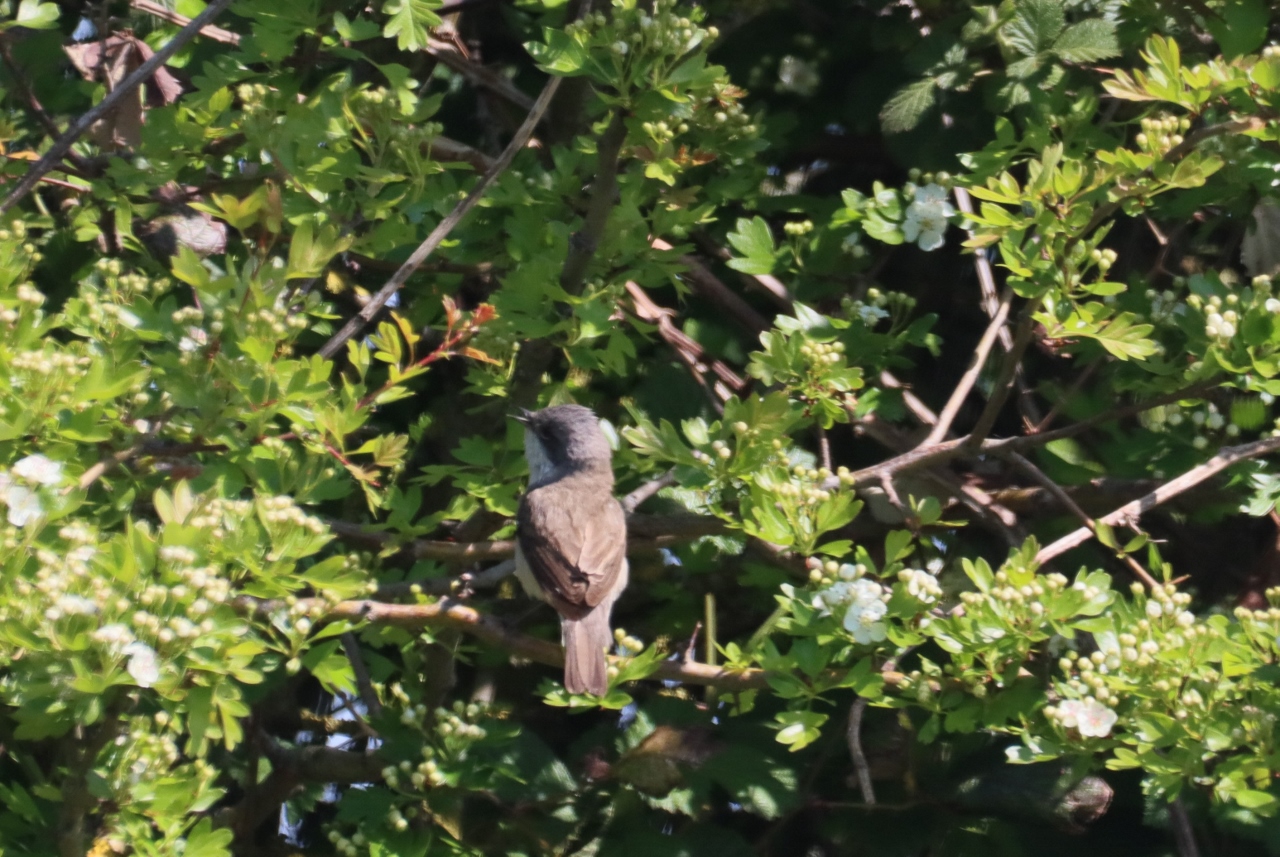
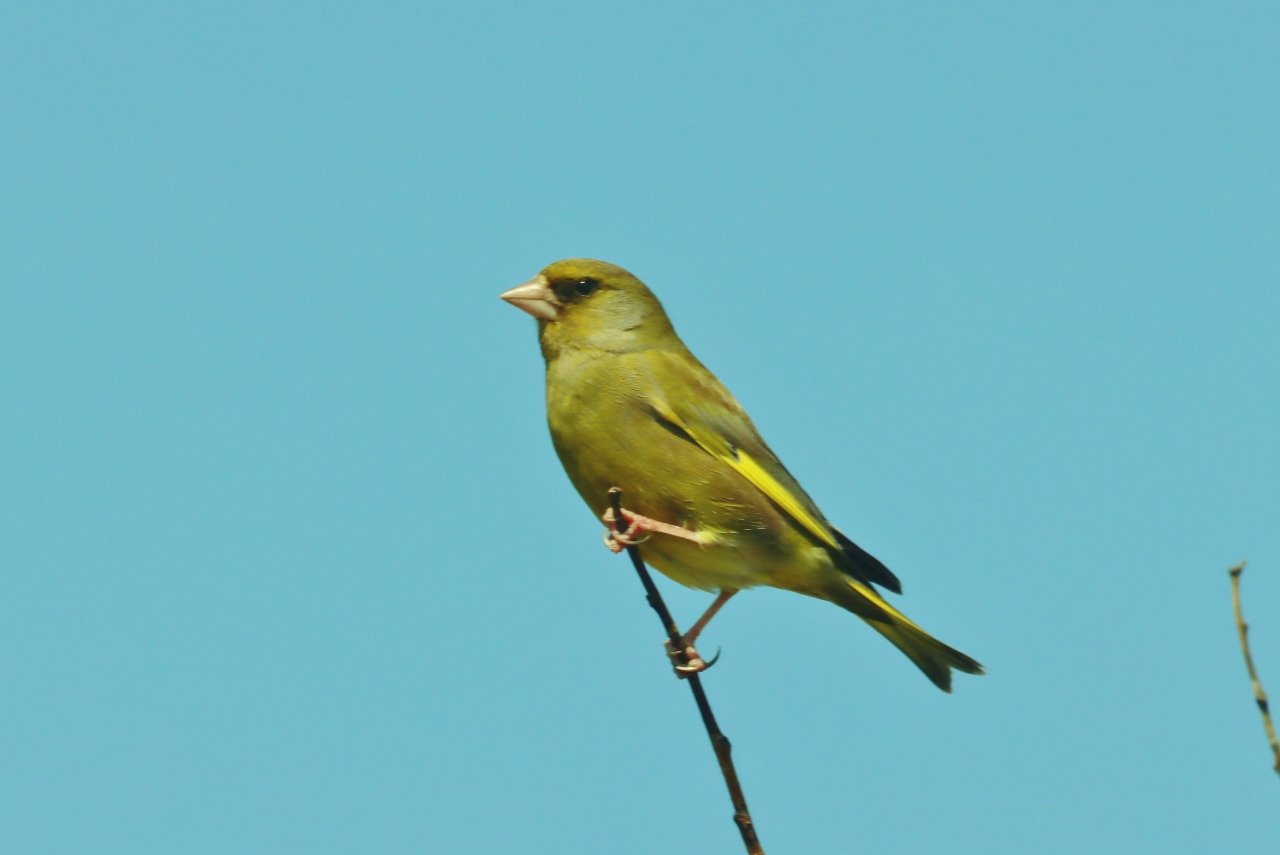
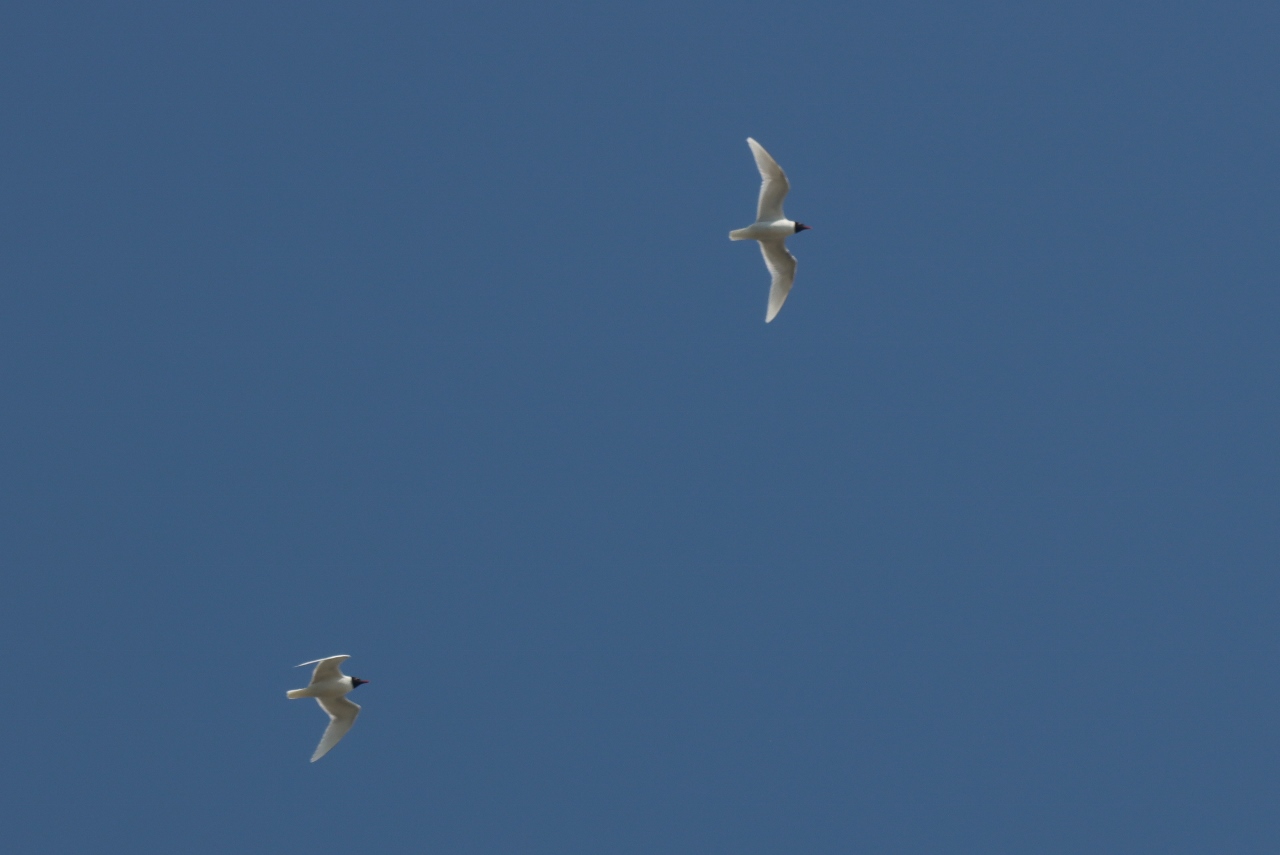
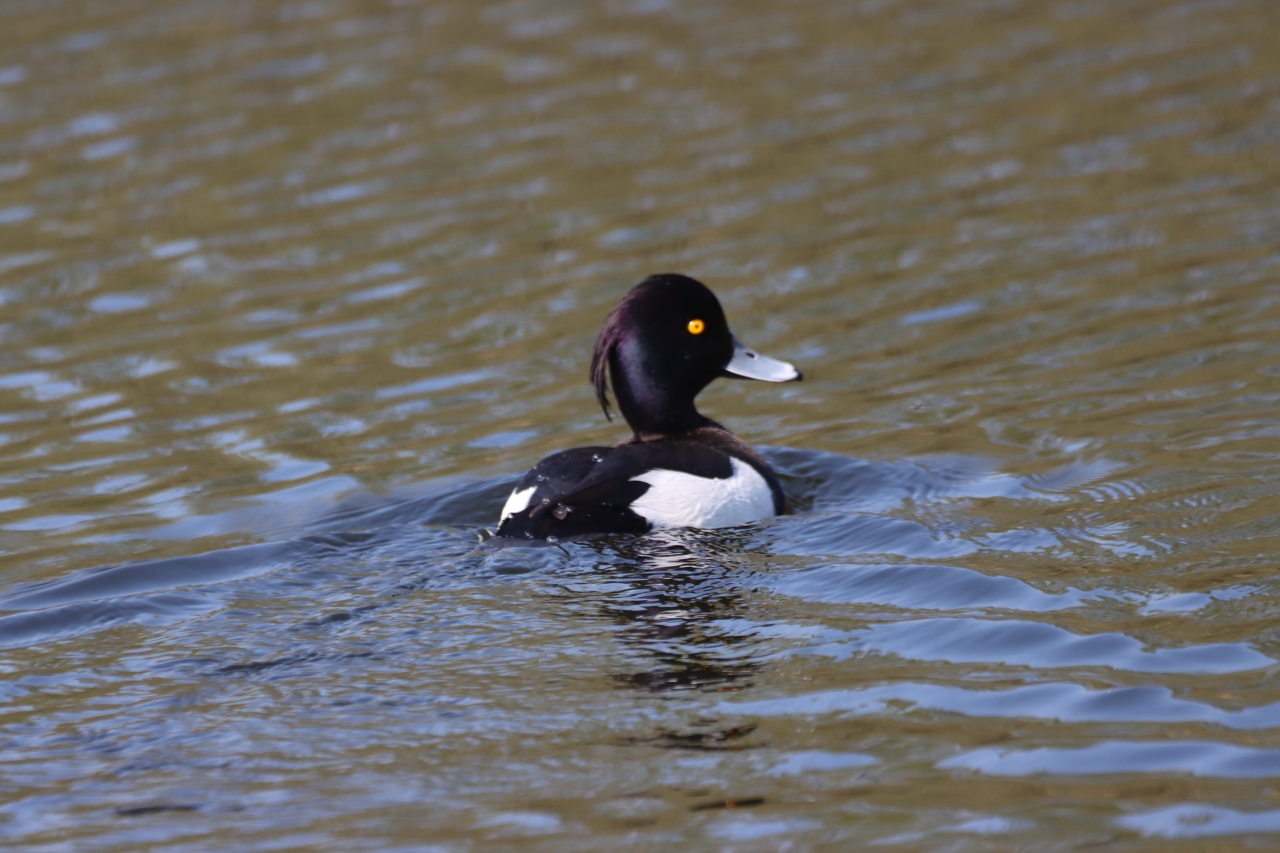
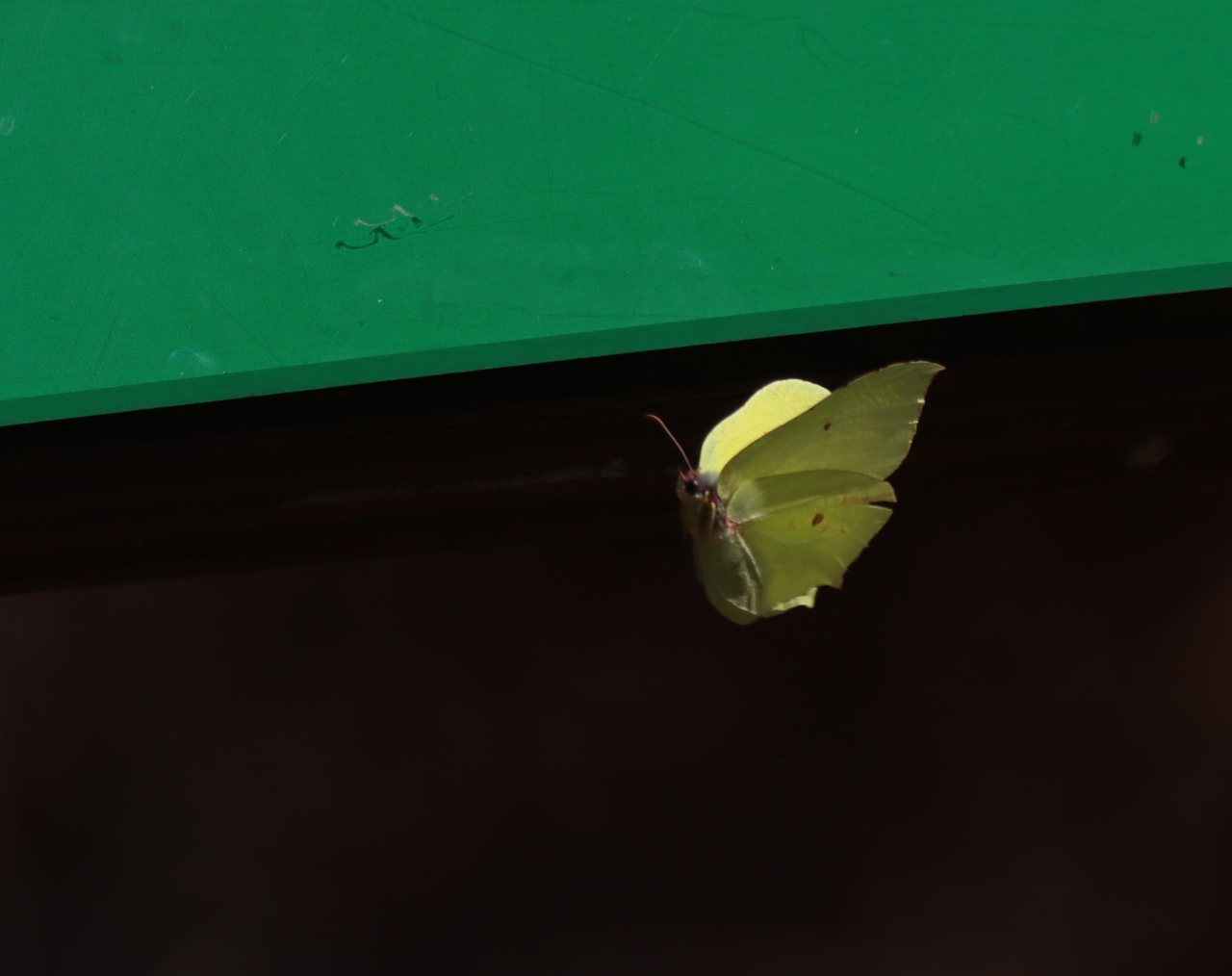
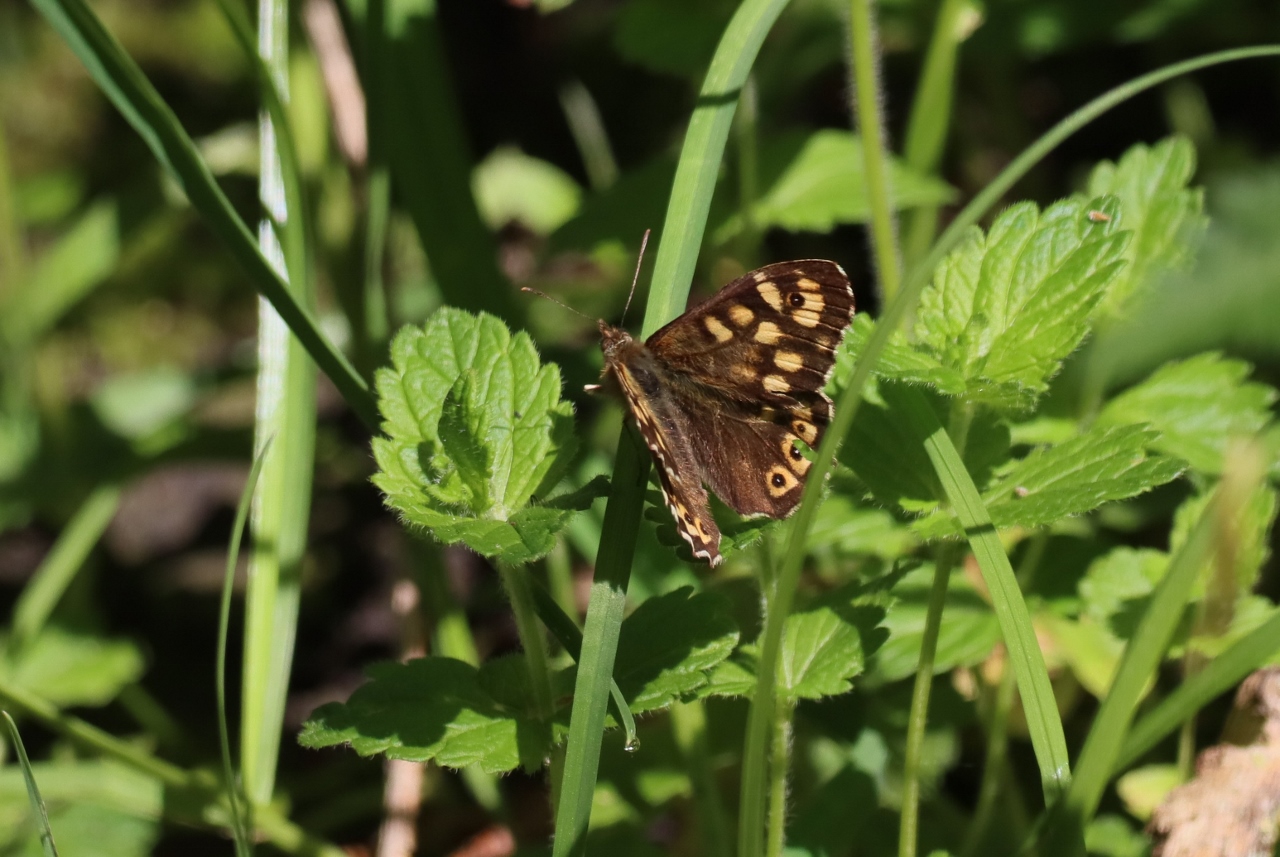

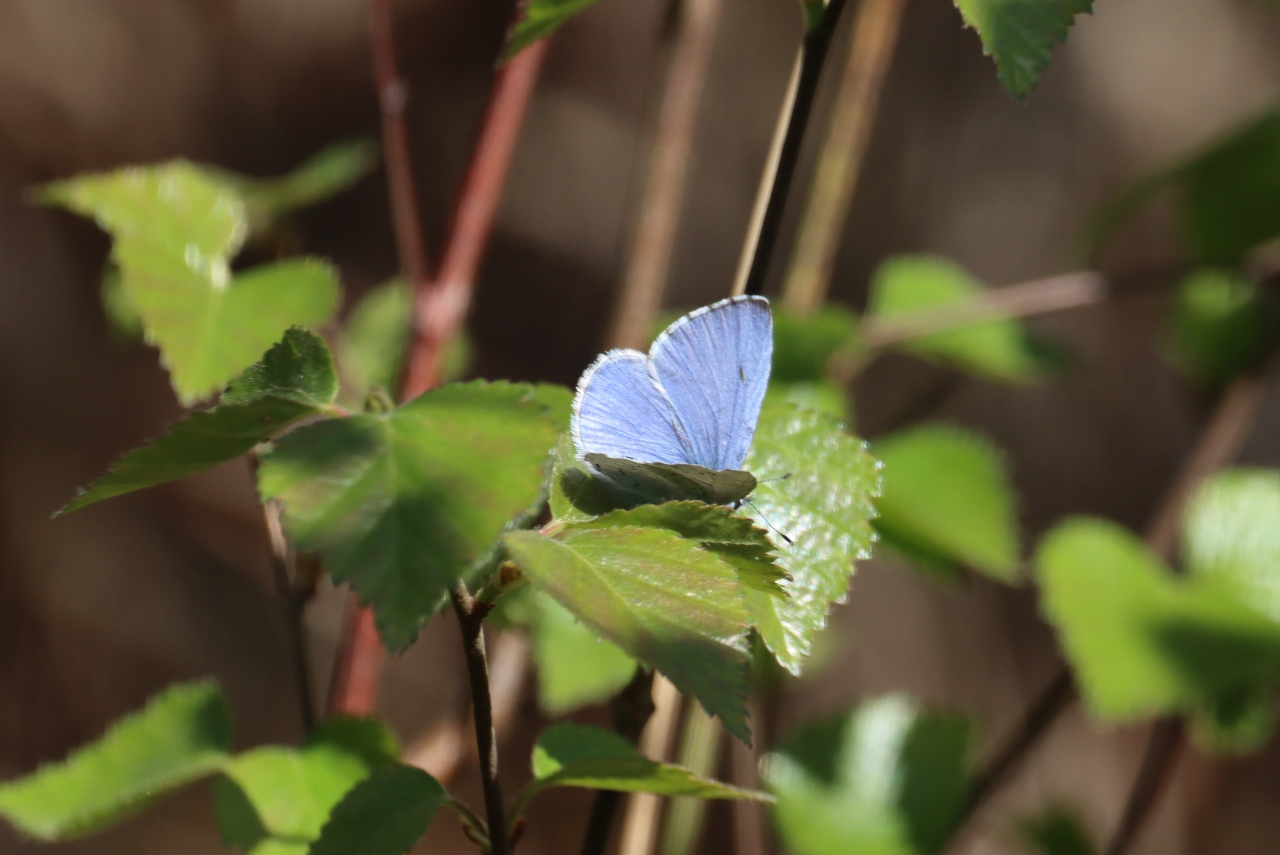
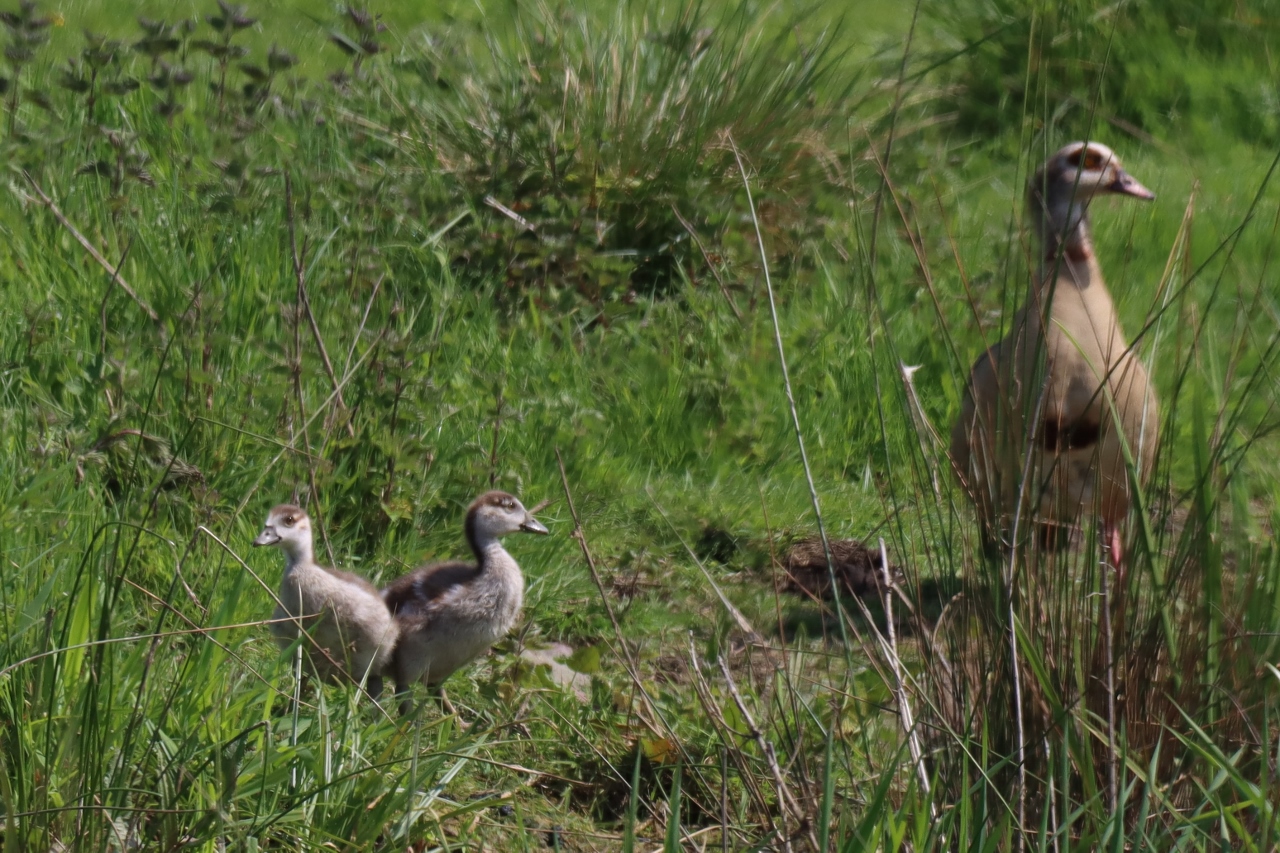
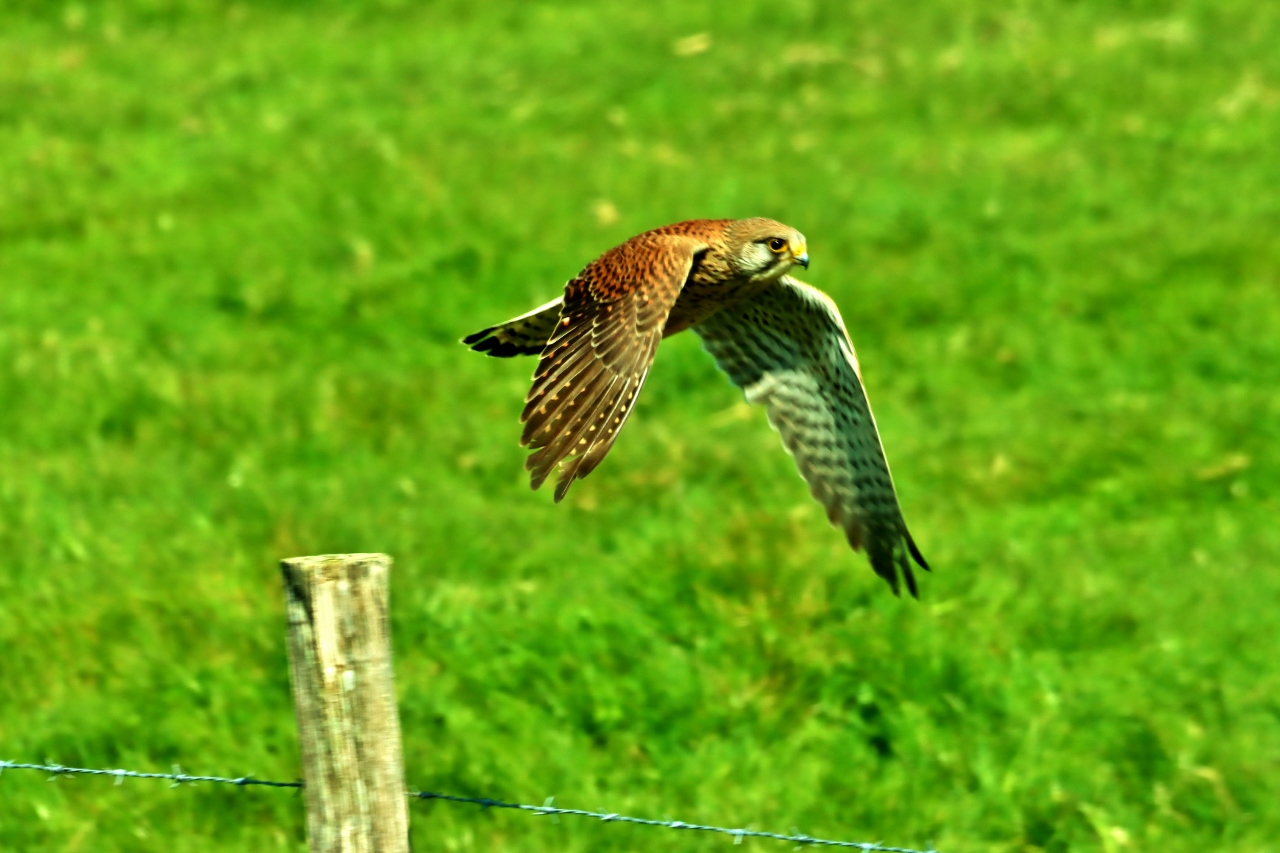


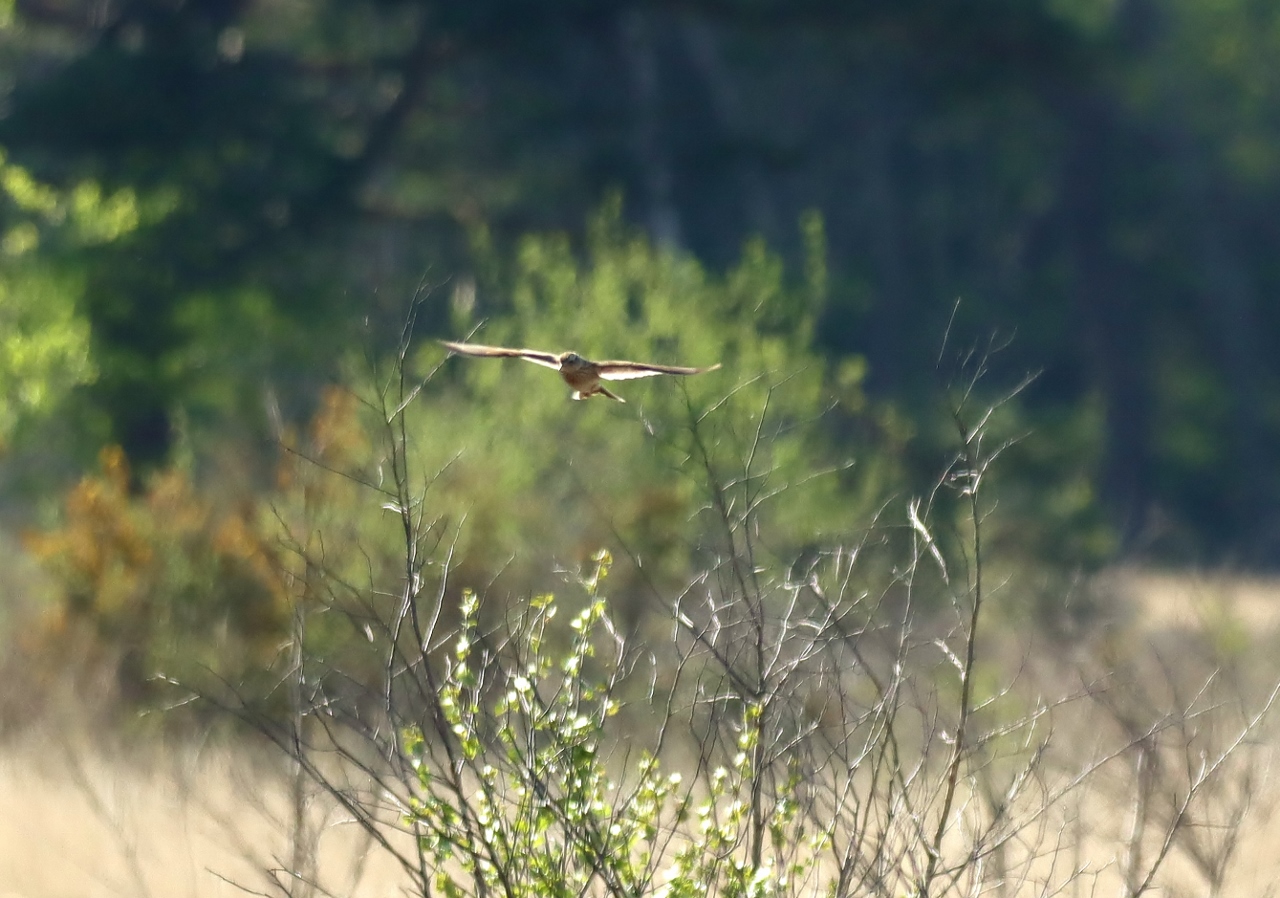
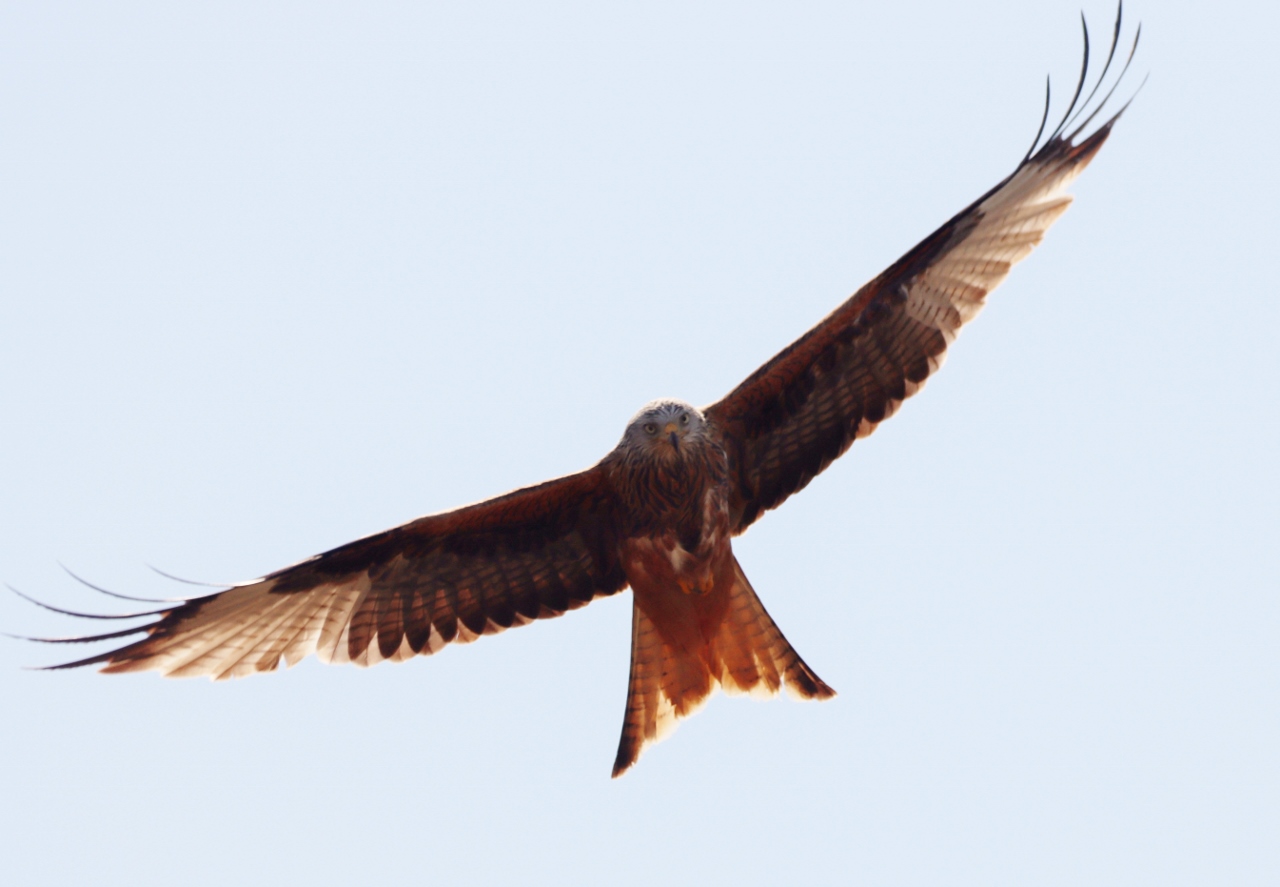
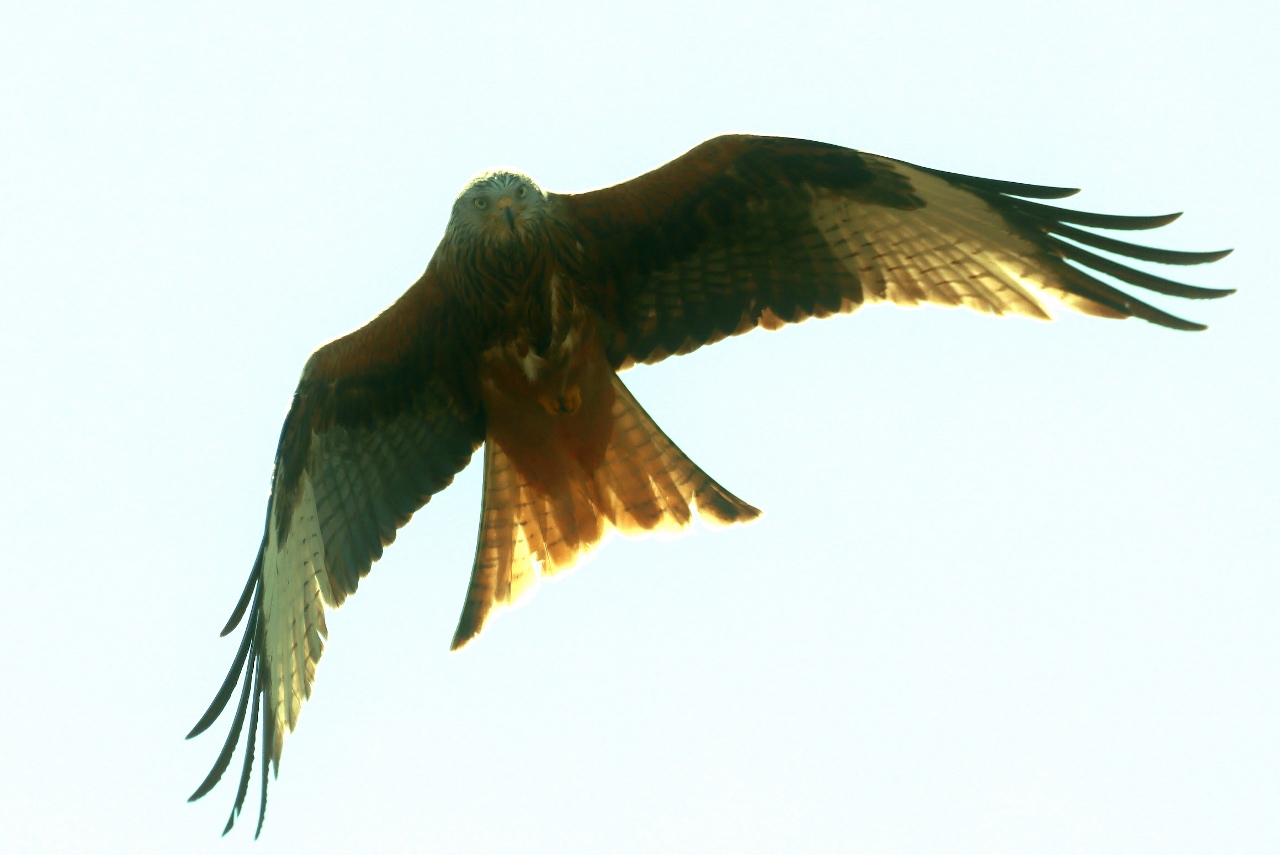

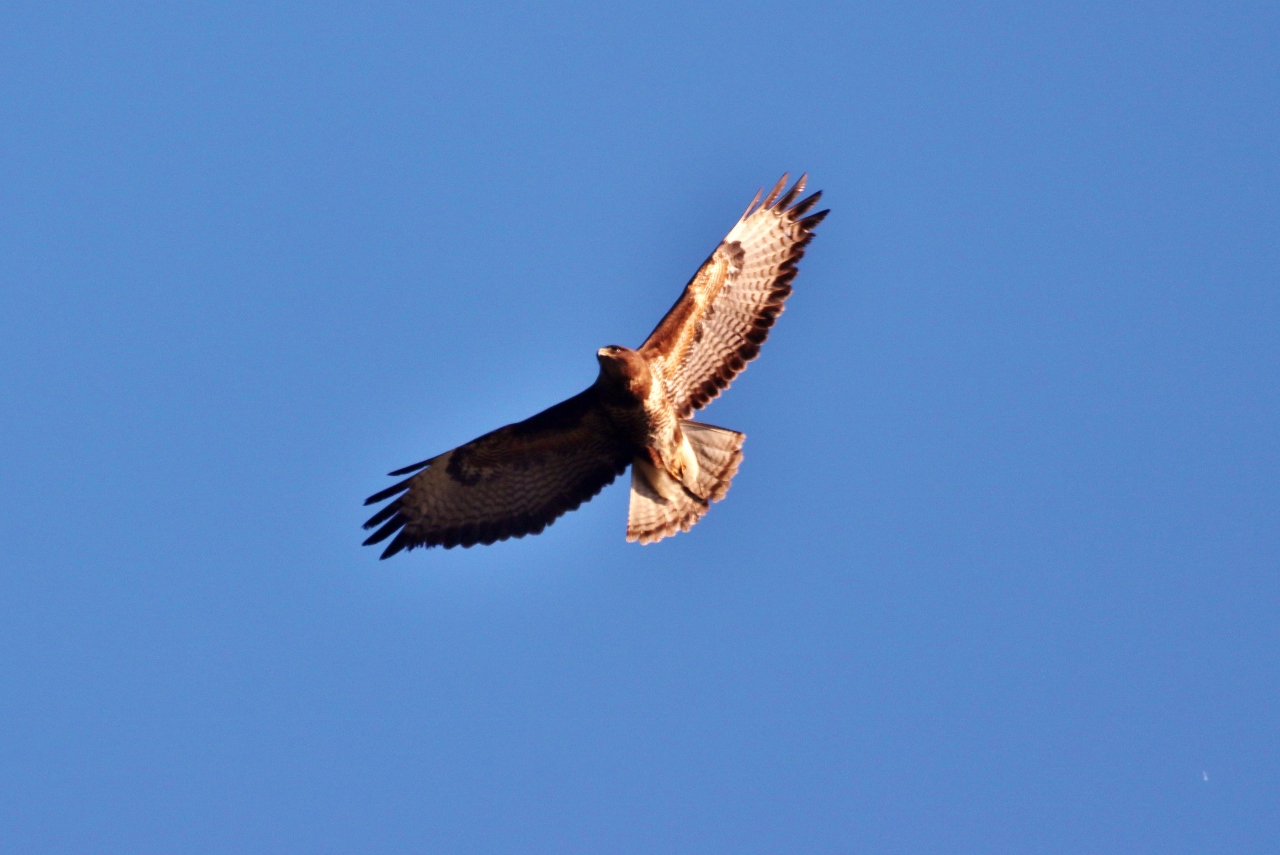

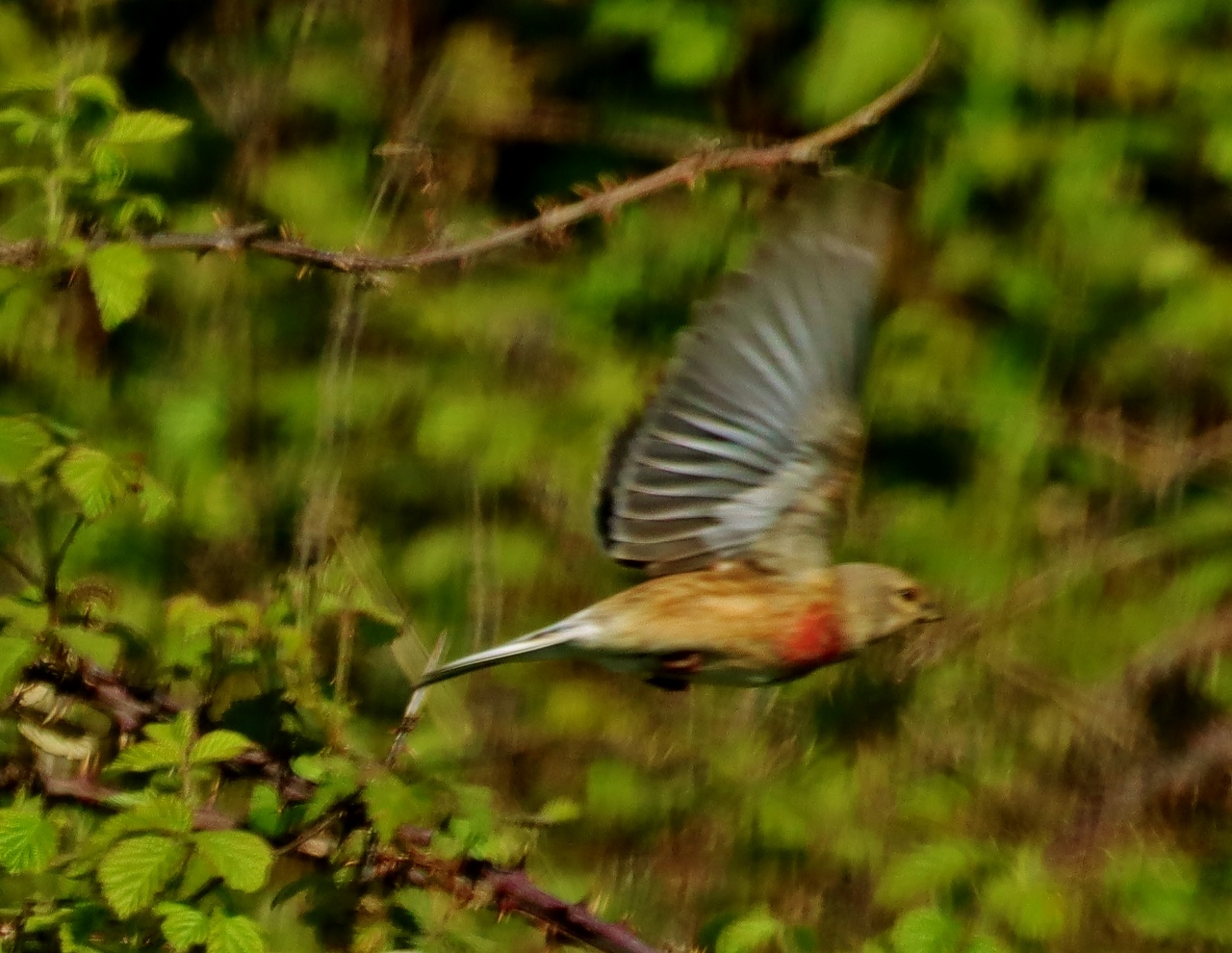
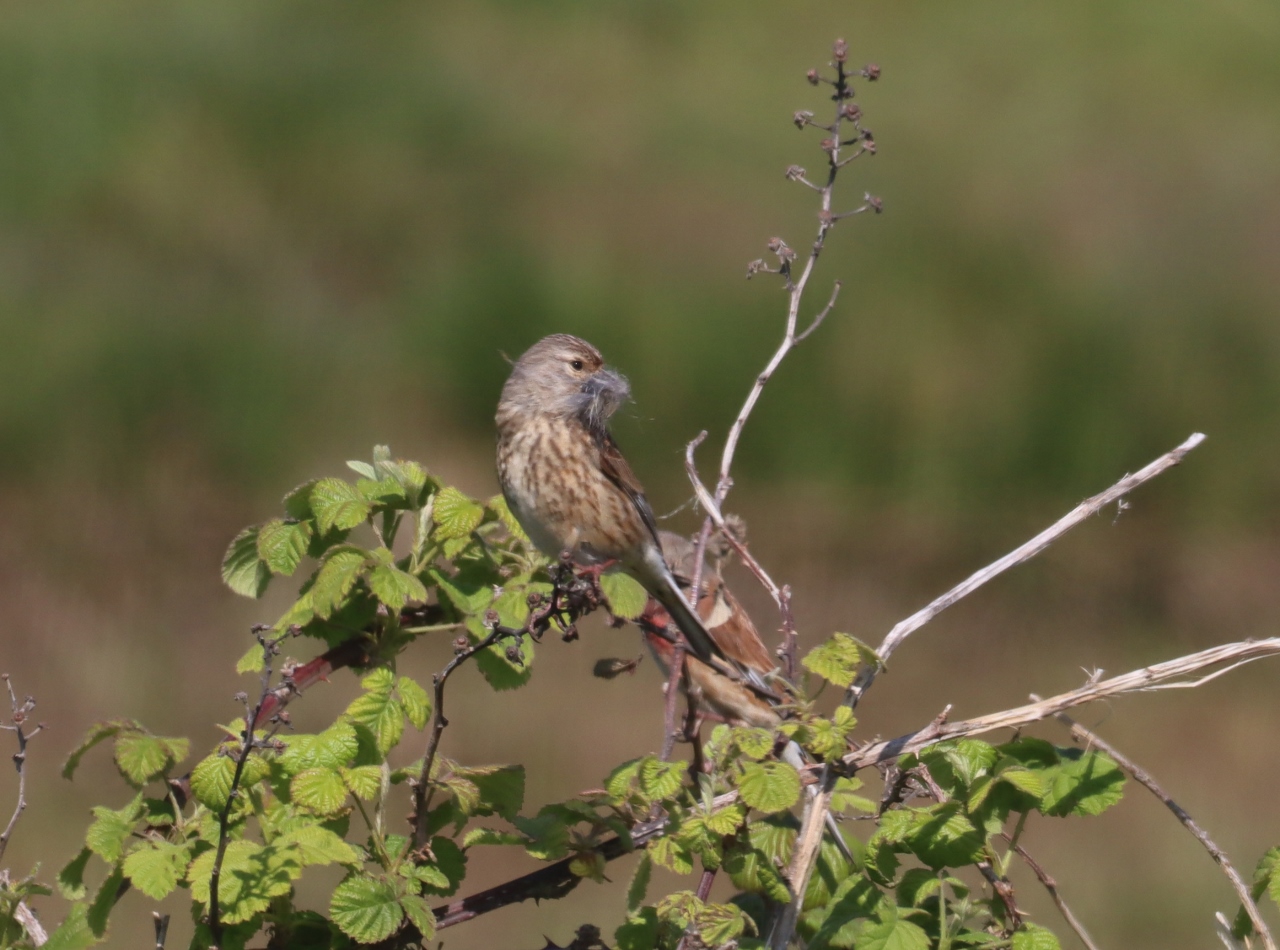
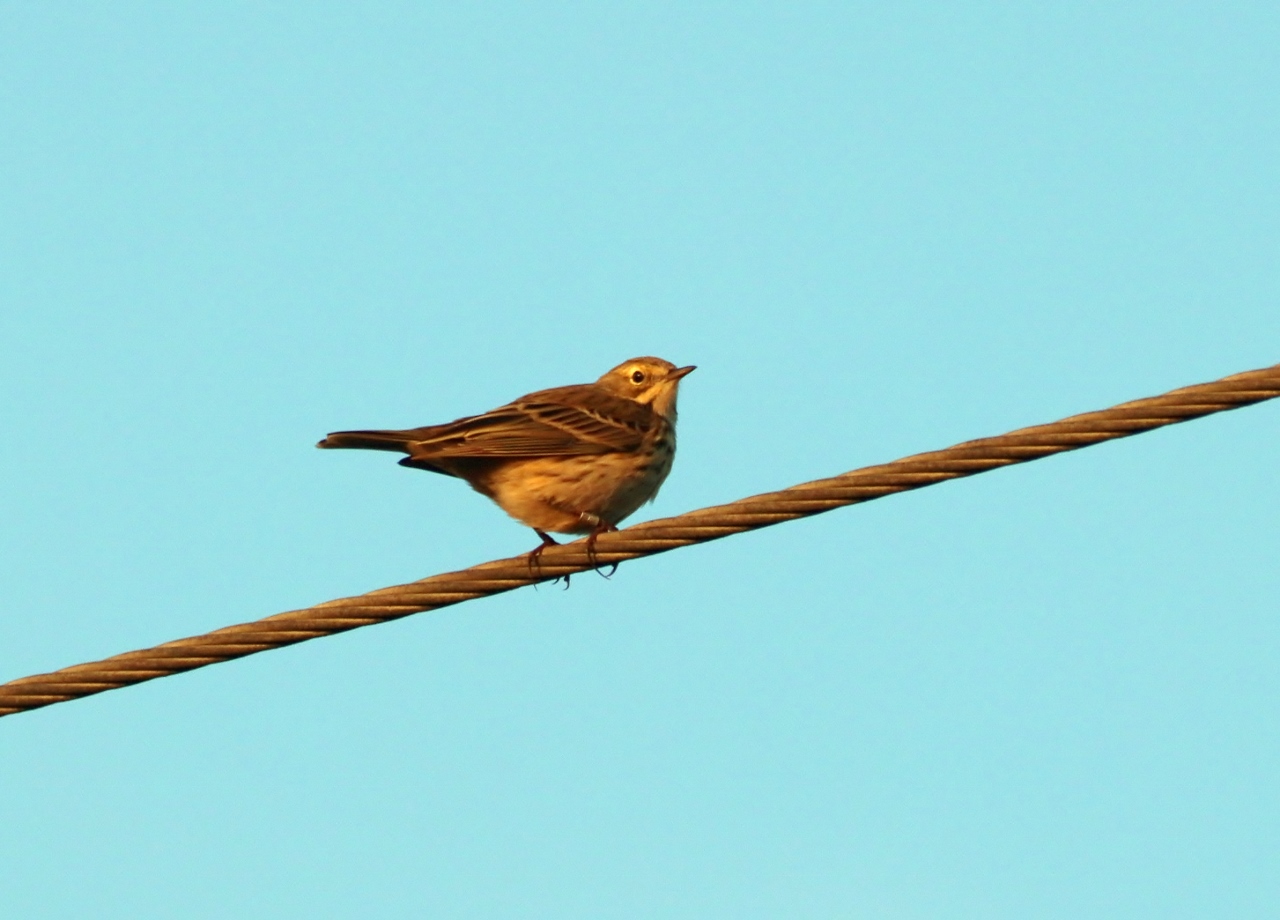

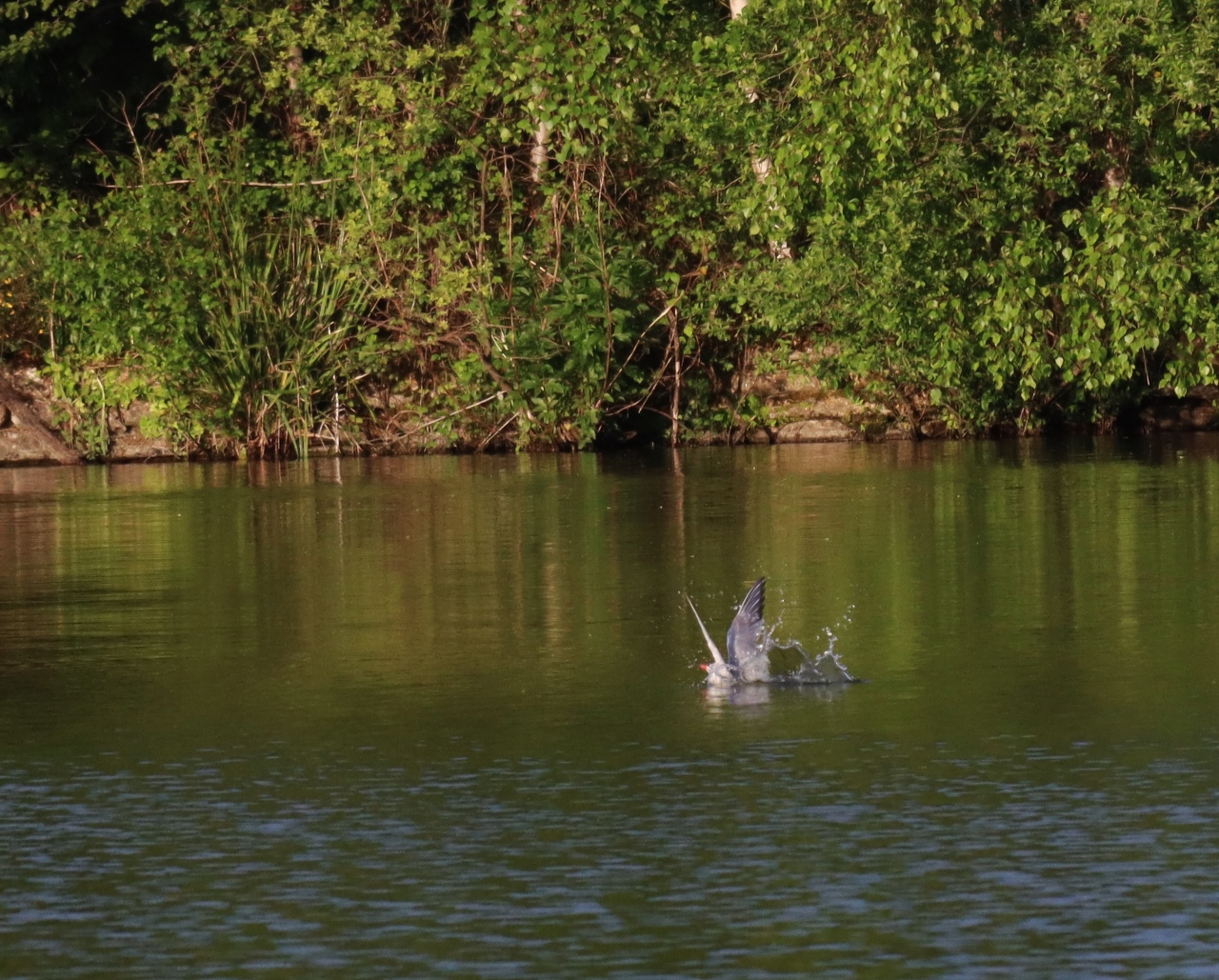







Annelize Kidd
May 12, 2020 at 12:13 am
Thanks to Malcolm Fincham for his very informative local bird/wildlife article and splendid photographs. I am glad to know the names of the large brown ‘ducks’ we saw at Riverside Lake: a pair of great-crested grebes!
I look forward to your next output.
Andrew Kittow
May 18, 2020 at 7:16 pm
Excellent photos Malcolm. I enjoyed every one and have seen most of your sightings also.